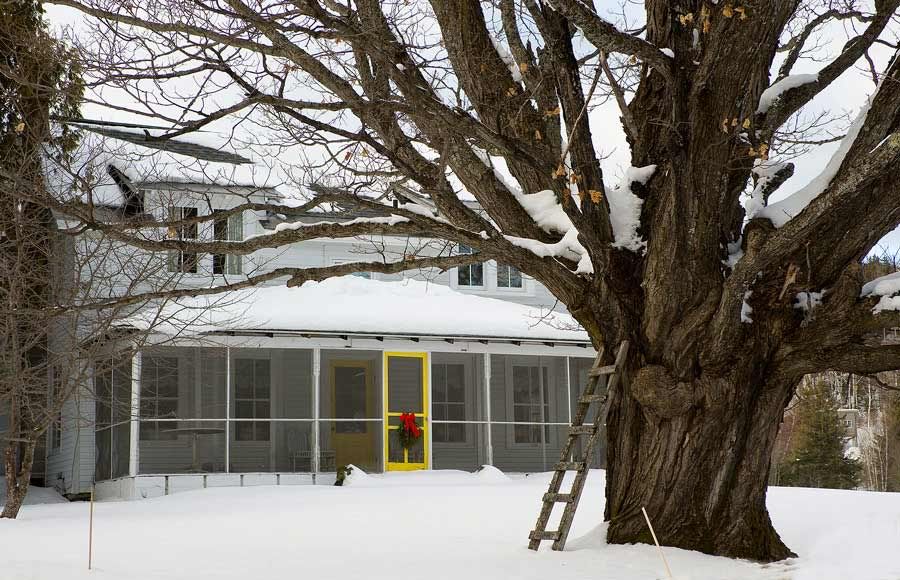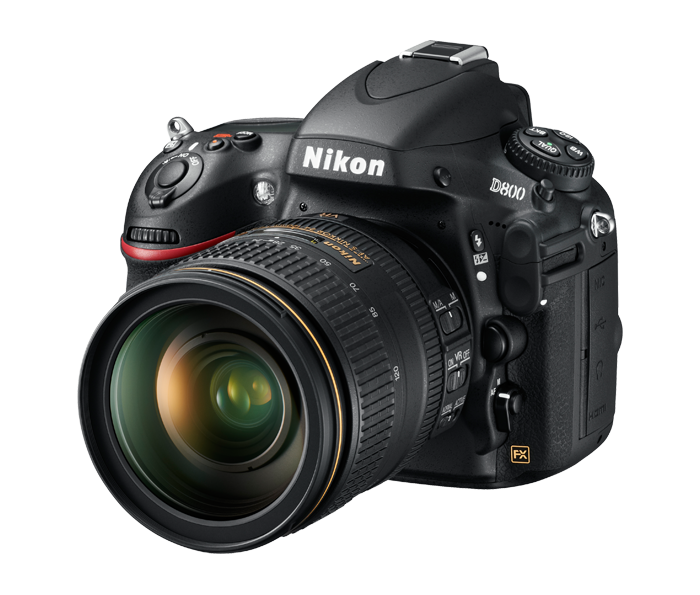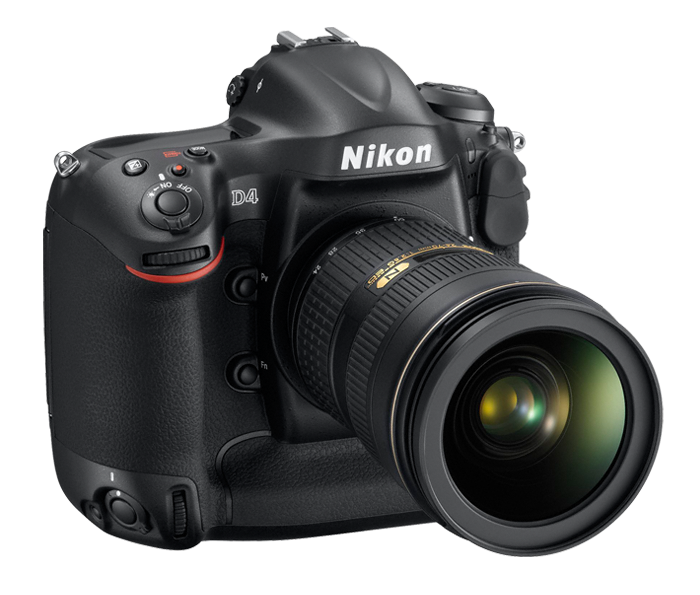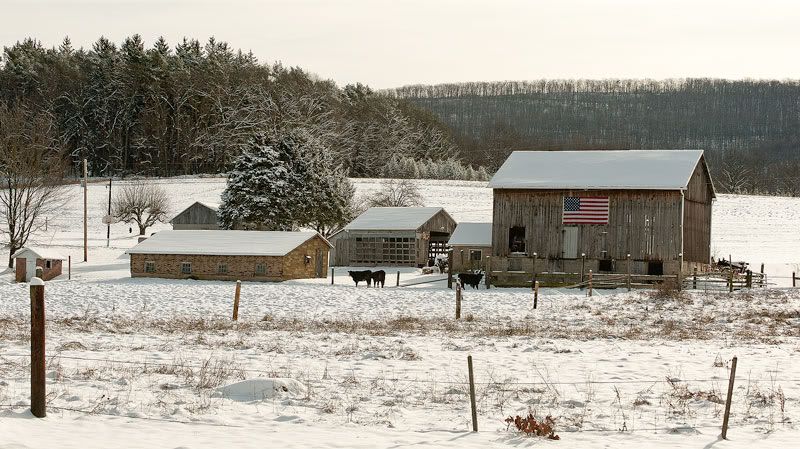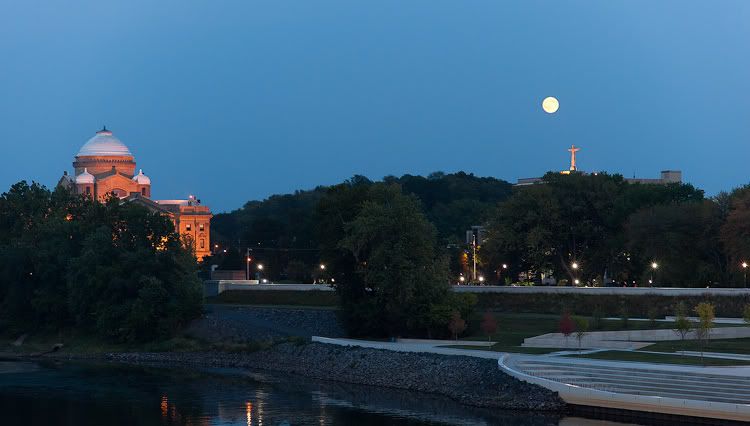
Riverside, Wilkes Barre (Nikon D 700, Nikkor 85mm f1.8)
My thoughts on the D 800 have generated lively discussions on the Forums at Dpreview and FM.
Now before I start sounding like certain other self-important people on the blogoshere, I want to say that: #1 a lot of the discussion centered on what an idiot I must be to not see the grand plan, and #2 my ignorance regarding lens choice for this camera. One person was kind of “stalking” me on the points I made in the article, posting multiple reformatted versions of his critiques. It was a little creepy.
All this aside, I learned a lot hearing from people on the Nikon FM forum and the Dpreview forum dedicated to pro Nikon DSLRs, which is why I post there. A lot of professional, knowledgeble photographers contribute, which can make it challenging to “wade in” with an opinion.
We’ve long been told that the reason that the larger-sensored high res bodies can cost so much is that the cost to manufacture the sensors is high, and the yield is low. This was said to justify the US$3000 difference between the D3 and D3x. Now we have a 36MP FX chip in a US$3000 weather-sealed body. What happened?
I can only presume that either:
A. they lied about the extra cost of the D3x chip, or B. more likely, something’s happened to make the cost of manufacturing the imagers go way, way down.
Maybe it has something to do with how they’ve refubished their manufacturing status post earthquake/tsunami.
Perhaps we’re getting to a point where sensor cost will be less important, and that the camera bodies features will be the cost driver. Sort of like in the film era, when a new F5, the most premium Nikon film body made, cost US$2000 (but the derivitive 6mp Kodak DCS 660 cost US$30,000)
I think we got a flavor for this first with Canon and their 5D series, and then later when Nikon placed their brand new 16mp sensor not in a D300s replacement, but (according to some) “wasted it” in a prosumer body (albeit a very good prosumer body).
If this is true, then in the future Nikon higher-end bodies, you could put any sensor in any body style. Want a smaller, lighter camera, and only need 150,000 shuttter clicks then there’s a Dx00 with your choice of FX sensors available. Ditto if you need a more rugged, longer lifespan instrument.
Maybe, given the price of the D800, there can be a D4x with 36mp, the body and shutter of a D4 and with 8 fps shooting speed…for US$6500.
We’re entering a new era of digital photography. I think I’m going to like it.
I’m still gonna need better lenses.

